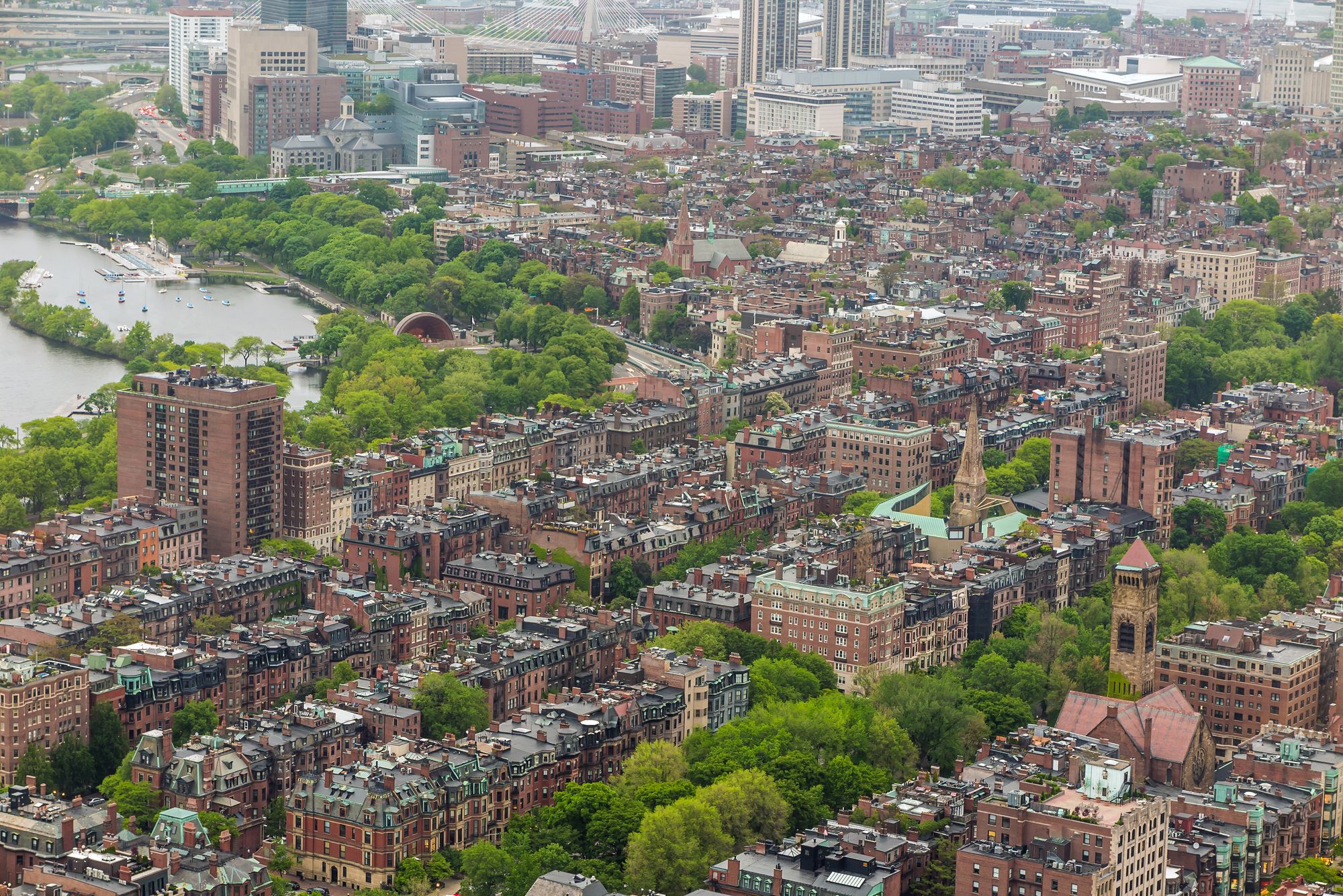Report on Post-Monsoon Smog in Delhi and Its Impact on Sustainable Development Goals (SDGs)
Introduction
The post-monsoon period in Delhi has increasingly become synonymous with severe smog episodes. In November, the city’s pollution index reached “severe plus” levels, enveloping Delhi in thick, hazardous smog that led to the closure of schools and offices. This report highlights the causes, impacts, and potential solutions to this environmental crisis, emphasizing its relation to the United Nations Sustainable Development Goals (SDGs).
Causes of Post-Monsoon Smog
- Agricultural Fires: Research led by Dr. Kaspar Rudolf Dällenbach and his team at the Paul Scherrer Institute identified agricultural fires as the primary cause of post-monsoon smog. Farmers burn rice stubble to clear fields quickly for wheat planting, enabling two crops annually.
- Other Pollution Sources:
- Burning of dung, grass, and wood, common in rural India, especially affecting Kanpur during winter.
- Industrial pollution in Delhi, including chemicals from plastics, laminates, adhesives manufacturing, and electronic waste recycling.
- Traffic-related particle pollution, predominantly in Delhi.
Health and Environmental Impacts
- During peak smog periods, particle pollution from agricultural fires accounted for 32% of daily air pollution-related deaths in Delhi and 53% in Kanpur.
- This resulted in 1,072 attributable deaths in Delhi and 259 in Kanpur during November and December, with women and elderly populations being the most vulnerable.
- Visibility drastically reduces to a few hundred meters, creating a palpable “heavy soup” of pollution with persistent burnt smells.
Smog Formation and Spread
Smog typically originates from fires lit in the Punjab region during mid-afternoon. Polluted air travels over 600 km towards Delhi overnight, accumulating more smoke. Sunlight triggers chemical reactions among pollutants, intensifying smog levels before it reaches Kanpur approximately 24 hours later.
Linkages to Sustainable Development Goals (SDGs)
- SDG 3: Good Health and Well-being – The high mortality and morbidity rates due to air pollution highlight the urgent need for improved public health interventions.
- SDG 11: Sustainable Cities and Communities – The smog crisis threatens urban livability, necessitating sustainable urban planning and pollution control measures.
- SDG 13: Climate Action – Reducing biomass burning and industrial emissions aligns with climate mitigation efforts.
- SDG 15: Life on Land – Promoting sustainable agricultural practices can prevent land degradation caused by stubble burning.
- SDG 12: Responsible Consumption and Production – Encouraging cleaner production methods in industries and waste recycling is critical.
Proposed Solutions and Government Initiatives
- Adoption of Alternative Agricultural Machinery: The “happy seeder” machine allows wheat planting without burning rice stubble, retaining residue to improve soil fertility and water retention.
- Government Subsidies: Subsidies are provided for new machinery to reduce stubble burning; however, farmers require additional support and training to adopt these technologies confidently.
- Pollution Control Measures: Addressing industrial emissions and traffic pollution through stricter regulations and cleaner technologies.
Conclusion
The post-monsoon smog crisis in Delhi and surrounding regions presents a multifaceted challenge with significant health, environmental, and social implications. Addressing this issue is critical to advancing multiple Sustainable Development Goals, particularly those related to health, sustainable cities, climate action, and responsible production. Collaborative efforts involving scientific research, government policy, and community engagement are essential to mitigate smog and promote sustainable development in the region.
1. Sustainable Development Goals (SDGs) Addressed in the Article
- SDG 3: Good Health and Well-being – The article highlights severe air pollution in Delhi and Kanpur, leading to thousands of attributable deaths, particularly affecting women and older people.
- SDG 11: Sustainable Cities and Communities – The article discusses urban air pollution, smog episodes, and their impact on city life, including school and office closures.
- SDG 13: Climate Action – The article addresses pollution caused by agricultural fires and industrial emissions, which contribute to atmospheric pollution and climate-related issues.
- SDG 15: Life on Land – The article mentions agricultural practices such as burning rice stubble and the use of machinery like the “happy seeder” that affects soil fertility and land management.
2. Specific Targets Under the Identified SDGs
- SDG 3: Good Health and Well-being
- Target 3.9: By 2030, substantially reduce the number of deaths and illnesses from hazardous chemicals and air, water and soil pollution and contamination.
- SDG 11: Sustainable Cities and Communities
- Target 11.6: By 2030, reduce the adverse per capita environmental impact of cities, including air quality and municipal and other waste management.
- SDG 13: Climate Action
- Target 13.2: Integrate climate change measures into national policies, strategies, and planning.
- SDG 15: Life on Land
- Target 15.3: By 2030, combat desertification, restore degraded land and soil, including land affected by desertification, drought and floods.
3. Indicators Mentioned or Implied in the Article
- Air Quality Index (AQI) – The article references the pollution index reaching “severe plus” levels, indicating the use of AQI as an indicator to measure air pollution severity.
- Attributable Deaths from Air Pollution – The article quantifies daily deaths attributable to particle pollution from agricultural fires, which can be used as an indicator of health impact.
- Sources of Pollution – The proportion of particle pollution from agricultural fires (32% in Delhi, 53% in Kanpur), industrial pollution, traffic, and biomass burning are implied indicators to track pollution sources.
- Adoption Rate of Sustainable Agricultural Practices – The mention of government subsidies for machinery like the “happy seeder” implies an indicator measuring the uptake of sustainable farming technologies to reduce stubble burning.
4. Table: SDGs, Targets and Indicators
| SDGs | Targets | Indicators |
|---|---|---|
| SDG 3: Good Health and Well-being | 3.9: Reduce deaths and illnesses from hazardous chemicals and air pollution |
|
| SDG 11: Sustainable Cities and Communities | 11.6: Reduce adverse environmental impact of cities including air quality |
|
| SDG 13: Climate Action | 13.2: Integrate climate change measures into policies and planning |
|
| SDG 15: Life on Land | 15.3: Combat desertification and restore degraded land and soil |
|
Source: theguardian.com







